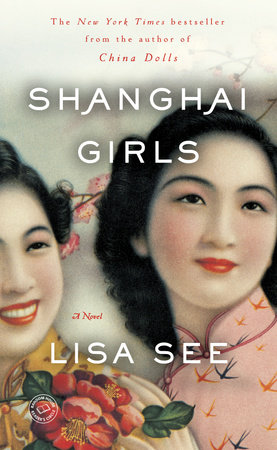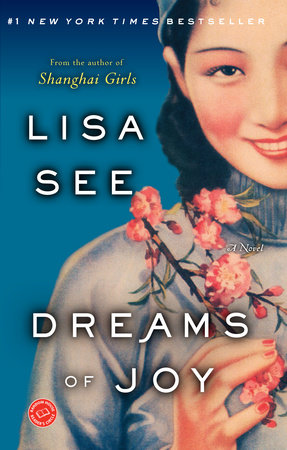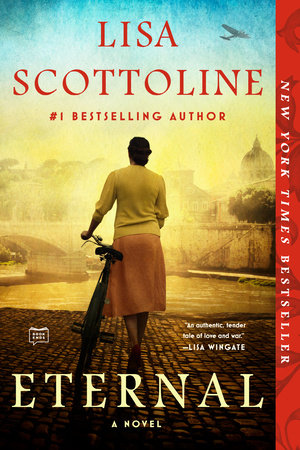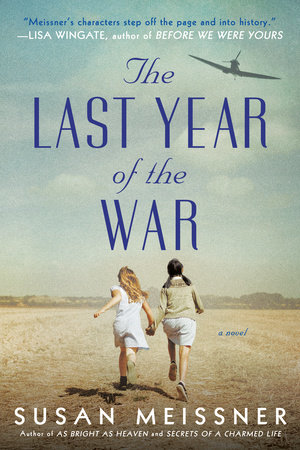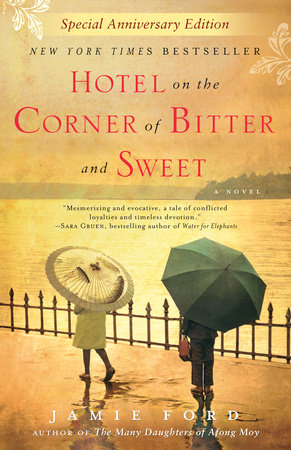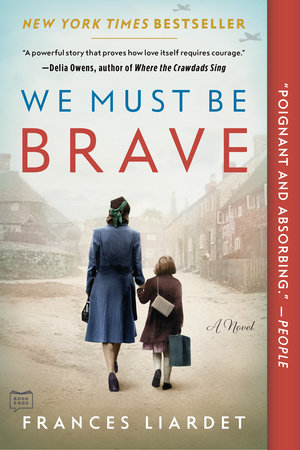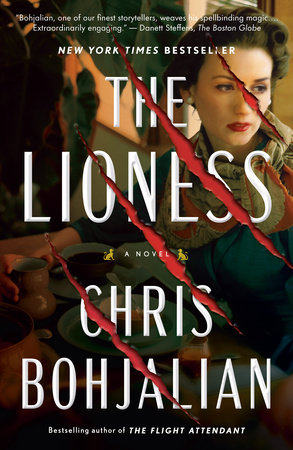Even Then, It Was a Step into the Past
From the Los Angeles Times, May 31, 2009, by Lisa See
Almost all writers write about place. Los Angeles writers are no exception. Walter Mosley, Michael Jaime-Becerra, and Janet Fitch, to name a few, capture the intimate details of very specific neighborhoods. Sometimes the sense of place is so strong that the natural topography, the streets and what’s on them, become as fully realized as a living, breathing character. The neighborhood I write about is Chinatown. Yes, a lot of my novels take place in China, but those stories wouldn’t—couldn’t— have been written if not for Chinatown.
I lived with my mother, Carolyn See, when I was growing up. We moved eight times before I turned nine, so Chinatown, where my paternal grandparents and my grandfather’s brothers and sister worked in the family antiques store, became home base for me. To my eyes, Chinatown didn’t change. More than that, my Chinese American relatives didn’t move or change either. Rather, they were very much stuck in the past. It was a past that entranced me when I was a child; it’s a past I long for every day, and one I got to write about in Shanghai Girls.
Shanghai Girls is about two sisters who leave China and come to Los Angeles in arranged marriages in 1938. There were four Chinatowns in Los Angeles at that time: New Chinatown—with its neon lights and gaily painted buildings on Broadway; City Market Chinatown—for produce sellers and their families; Old Chinatown—comprised of the few buildings that survived the demolition required to build Union Station; and China City—a tourist attraction bordered by Ord, Spring, Main, and Macy streets. Pearl and May, my fictional sisters, live in the Garnier Building in Old Chinatown, where the Chinese American Museum is today, and they work in China City.
China City was supposed to be an “authentic” Chinese city, but was pure fantasy and stereotype. It was surrounded by a miniature Great Wall and built out of sets left over from the filming of The Good Earth. Visitors could ride rickshaws down the Passage of One Hundred Surprises, nibble on Chinaburgers, or drink pirate grog at the Chinese Junk Café (constructed from the old set for Bluebeard’s Eighth Wife). For all its wacky charm, China City was an ill-fated place, which is how I came to be connected to it. Much of it burned less than a year after it opened. It was rebuilt only to catch fire again ten years later. In 1949, China City closed. Within a few years, my family moved their antique store, the F. Suie One Co., into China City’s last remaining large building. As a little girl, stepping into the store was like stepping into another time and place. Two large marble lions flanked the moon gate, where every day my grandfather rolled a rickshaw out to the curb to attract customers. The long central hall was edged by what had once been some of China City’s little stores and kiosks. There were upturned eaves, an old wishing well, and the remnants of a goldfish pond.
The store itself was filled with Asian antiques, with separate rooms for bronzes, textiles, and ceramics. It was a beautiful place filled with extraordinary objects and redolent of teak, moth balls, and incense, but I was afraid of the warehouse, which was dark and seemed to have shadowy things lurking in the corners. I also got nervous whenever I had to go to the workroom with its roar of saws, gorgeous Chinese calendar girls on the walls advertising this or that Chinatown café, and clouds of sawdust. My grandfather and great-uncles were partly deaf and missing fingers because they didn’t use safety equipment.
My parents were in graduate school back then and they seemed very smart. But my Chinese relatives had a different kind of knowledge that still impresses me. My great-grandfather was a south China peasant. This meant, among other things, that his children were raised to be frugal. They knew how to turn an empty 5-gallon soy sauce can into a dustpan or make and use asphalt to “antique” baskets to sell as curios. They also knew what was important: food and family, maybe in that order. .
For lunch, we ate homemade char siu sandwiches, or my grandfather would take me up Ord and across Spring to what he called “the little place,” where we would pick up cha nau (what is now more familiarly known as dim sum). Sometimes my grandmother took me to visit Blackie at the Sam Sing Butcher Shop with its life-size gold-leafed pig in the window, to chat with Margaret at the International Grocery, or to look in the window of Yee Mee Loo, which I believe was the first restaurant in the city to have an open kitchen. In the long afternoons, my grandmother and Aunt Sissee would tell stories about Old Chinatown and China City, gossip about upcoming weddings or one-month parties, or indulge in a little trash talking about New Chinatown, where some of our other relatives had stores and restaurants that “we” considered too touristy.
After the 1971 Sylmar earthquake, my family’s store and many other buildings along Spring Street were condemned. What had once been China City was officially wiped off the map. My family moved the F. Suie One Co. to Pasadena, where it’s celebrating its 112th year in business.
But my grandparents, all the aunts and uncles and their spouses, are gone now. What used to be called New Chinatown is now Old Chinatown. My great-grandfather’s second family and my great-grandfather’s uncle’s sons still have stores there, but they are surrounded by trendy art galleries. Although a lot of old-timers don’t look upon the galleries with much pleasure, I don’t have anything against them, except that they aren’t from my childhood—and how silly and self-absorbed is that? I can’t help it, though. I know that all the people and places on the Chinese side of my family who have meant so much to me and who have given me the voice and courage to write will be gone within a few years. That feeling of loss—for my childhood memories of Chinatown; for no longer being able to hear my uncles’ stories of the various Chinatowns; for no longer having people who know exactly where I fit into the huge Fong See family tree; for no longer being able to slow down to that old country pace with people who know how to convert a soy sauce container into a handy-dandy dustpan; and for no longer having a place where I can enter through a moon gate, step into another world, and just be—became the emotional heart of Shanghai Girls.
Thomas Wolfe wrote, “You can’t go home again,” and for some that may be true. Here, in Southern California, almost all of us have come from somewhere else. We’ve all had someone in our families who was brave enough, scared enough, or crazy enough to leave their home countries—or their childhood in any of the other forty-nine states—to come here. Some people peel off layers of the past and abandon them in the same way pioneers threw excess weight from their covered wagons. But as they say, you can run but you can’t hide. No matter how far we go, and I haven’t strayed very far myself, we still carry our homes and pasts, for good and bad, in our hearts.
Writing about the fictional Pearl and May in Shanghai Girls allowed me to step back to a time before I was born, to places I’ve loved, and to spend time in the way that only writers can with fragments of people— their stories, the lilt of their laughs, the way they move across the floor— who are gone from me now. I’ll carry those people and places with me forever, and they’ll always be a part of my writing, whether it’s in a story set in a small Chinese village or one set right here in Los Angeles Chinatown.
